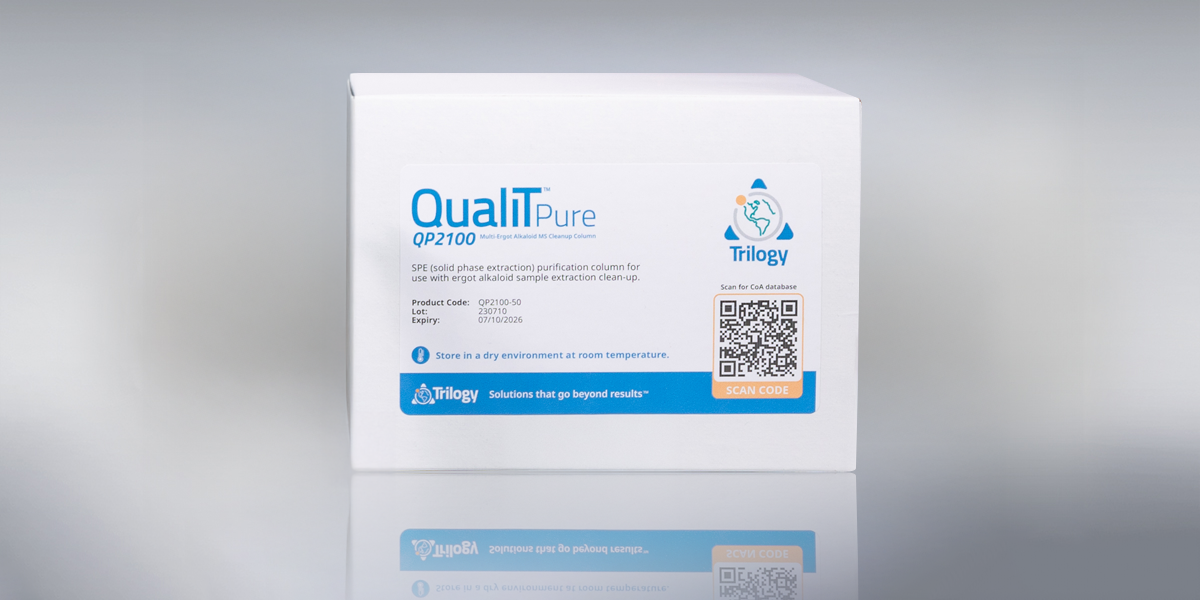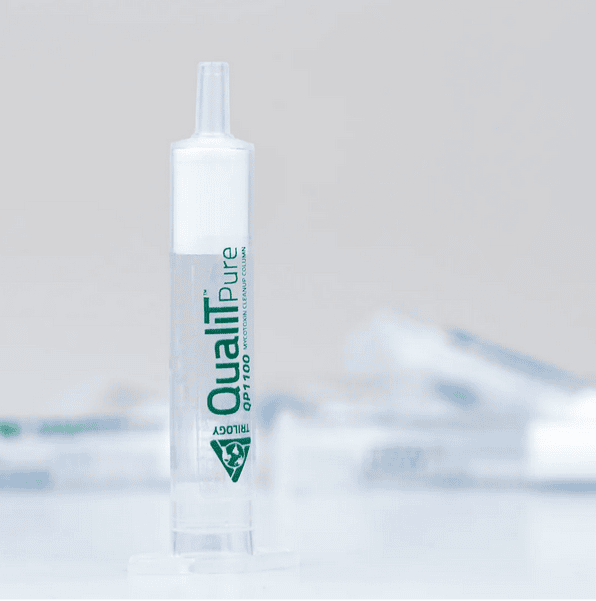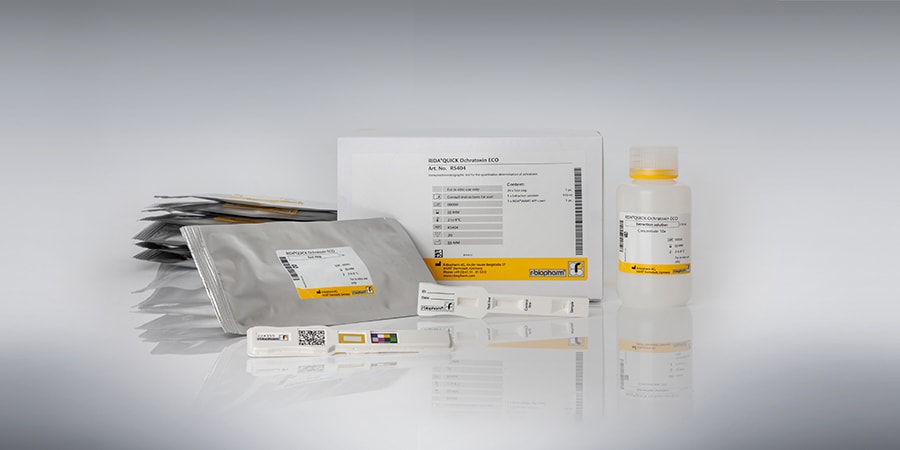
Recent news in Food & Feed Analysis
- Home
- /
- Hot topic: Testing spices...
Hot topic: Testing spices for aflatoxins and ochratoxin A

January 16 is “International Hot and Spicy Food Day”. A good moment to draw the attention to a hot topic: The occurrence of aflatoxins and ochratoxin A in spices.
Immunoaffinity columns like as AFLAPREP®, OCHRAPREP® and AFLAOCHRA PREP® play an important role in testing spices for aflatoxins and ochratoxin.
Rejections by EU: Spices containing aflatoxins and ochratoxin A
Spices contaminated with either aflatoxins or ochratoxin continue to be rejected by the EU. A large number of rejections were for paprika and nutmeg. Also black pepper, garlic powder, ginger, curry powder, turmeric and liquorice were implicated in having unacceptable levels of these two mycotoxins. Regulatory limits are set at low levels and confidence in measurement must involve proper sampling and accurate determination.
| EU Commission Regulation | No. 165/2010 | No. 105/2010 |
| chillies, chilli powder, cayenne, paprika, nutmeg, ginger, turmeric, white and black pepper as well as mixtures of any of these individual spices | 5 µg/kg for aflatoxin B1 and 10 µg/kg for total aflatoxins | 15 µg/kg for ochratoxin |
| liquorice | – | 20 µg/kg for ochratoxin |
Immunoaffinity columns essential when testing spices for aflatoxins and ochratoxin
Spices are complex matrices and good sample clean-up as provided by an immunoaffinity column is essential prior to HPLC determination. Methods of analysis for aflatoxins and ochratoxin in spices have received less attention than other foodstuffs. Although methods have been published and single laboratory validation conducted, there are no official methods e.g. AOAC or CEN. Immunoaffinity columns such as AFLAPREP®, OCHRAPREP® and AFLAOCHRA PREP® have been successfully used for the analysis of aflatoxins and ochratoxin in a wide variety of spices
Financial implications border rejections
Spices are high value commodities, therefore rejections by the EU has severe financial implications for the exporters, who have to bear the costs including sampling/analysis, storage and costs of destruction. However, these rejections can be avoided if spices are sampled and analysed strictly following EU regulations before exporting. A strong EU focus will remain on mycotoxins in spices and collaborative studies leading to new official methods are planned.



